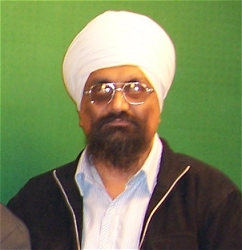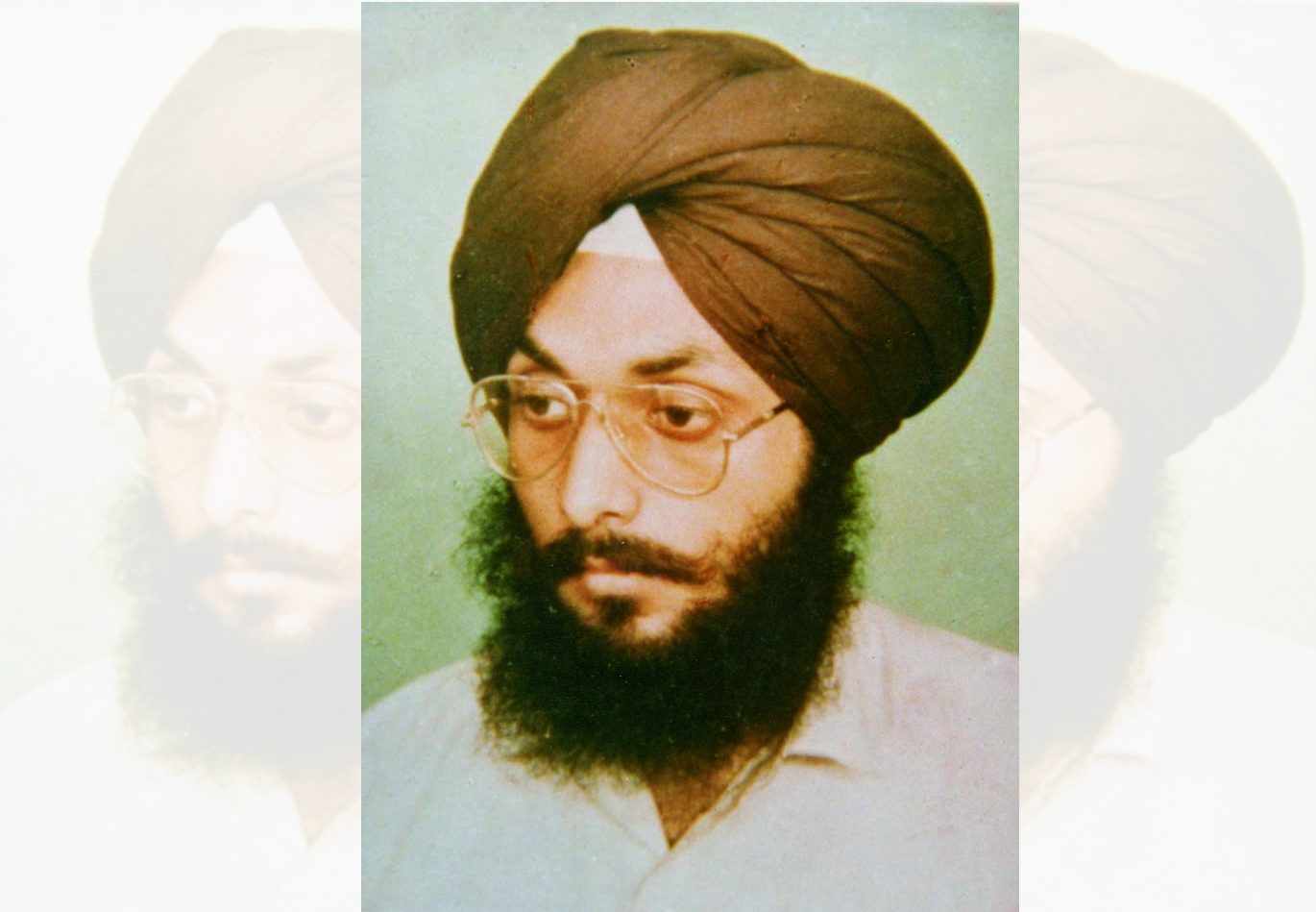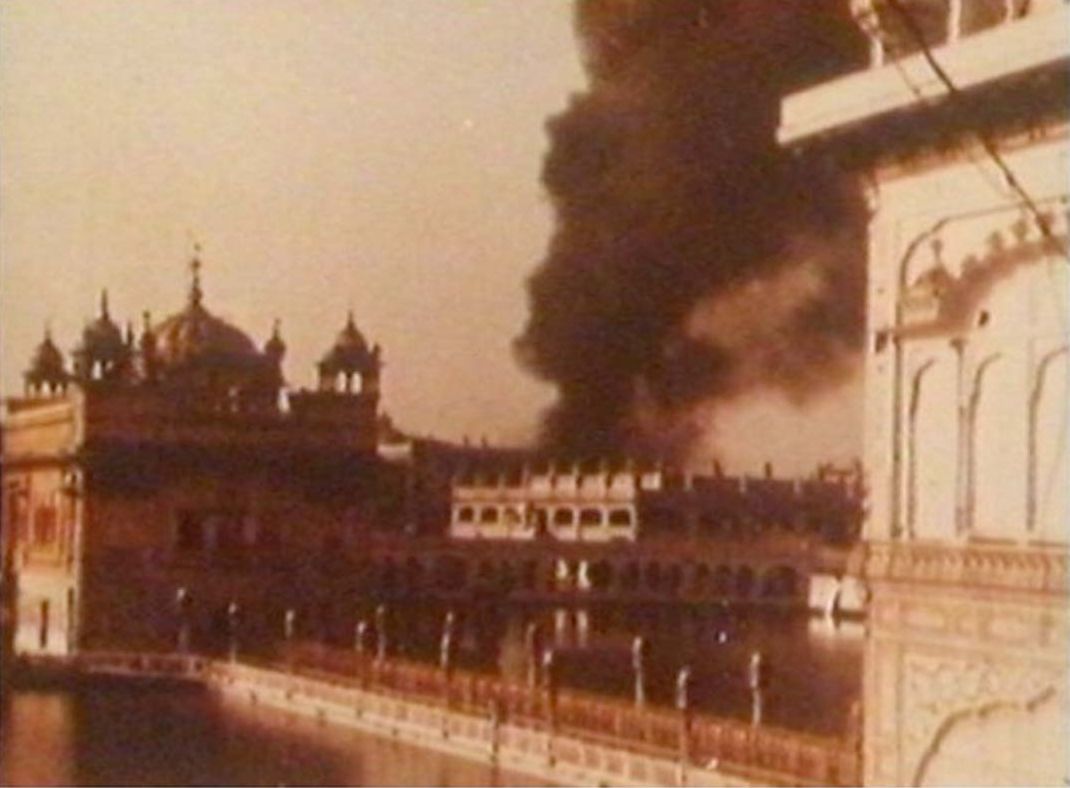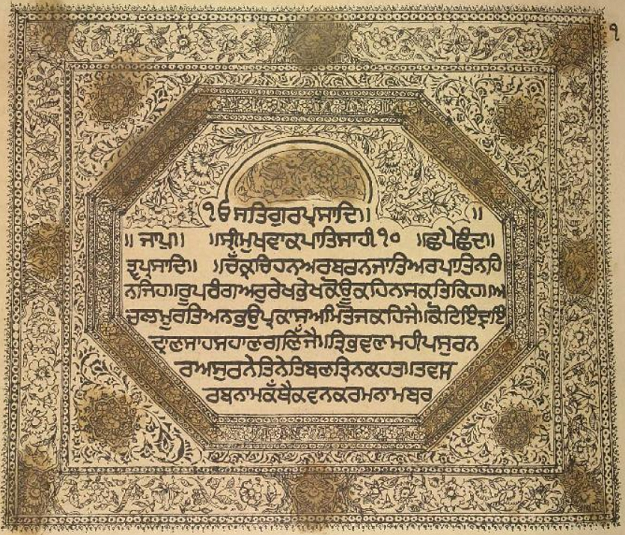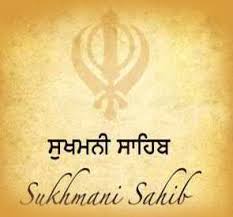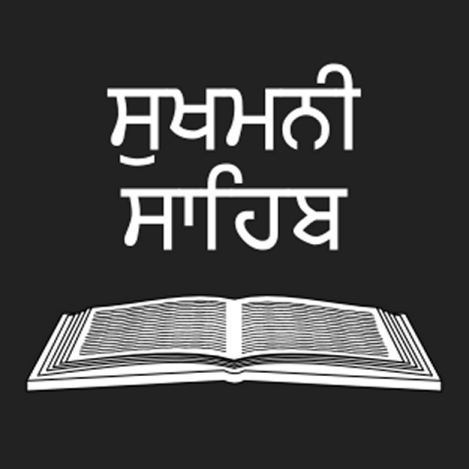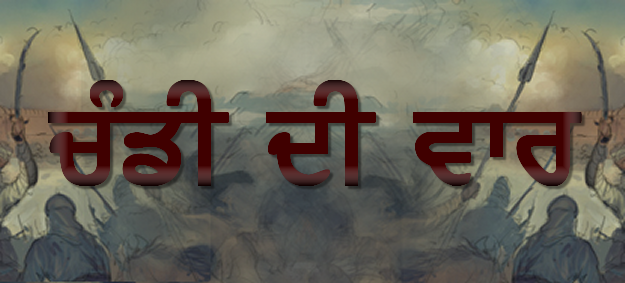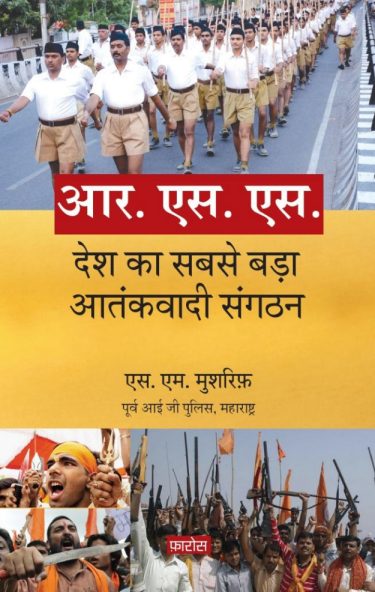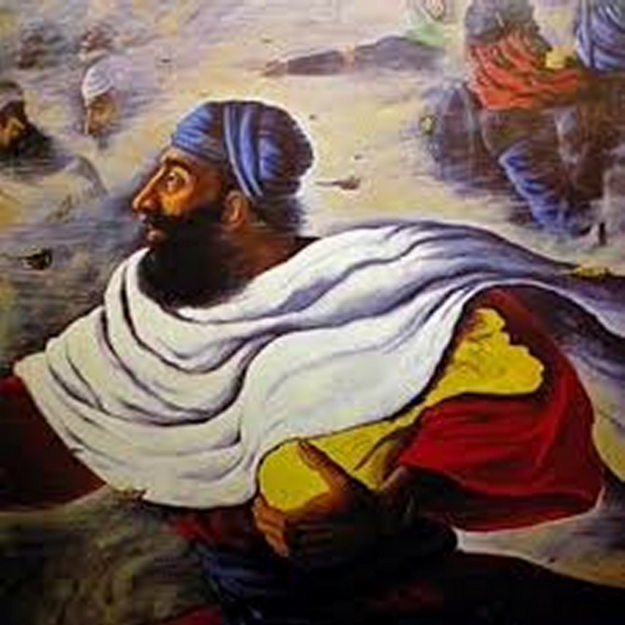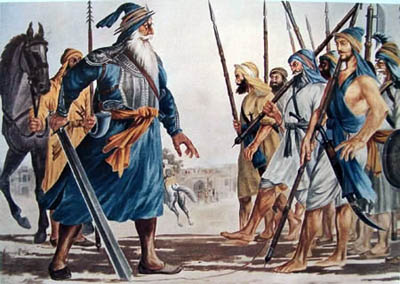

Shaheed Baba Deep Singh Ji is one of the most revered warriors in Sikh history. He was the leader of Shaheeda'n Misl under the forces of Taruna Dal. He sacrificed his life avenging the destruction of Harmandir Sahib, Amritsar by the forces of Ahmad Shah Abdali.
In 1609, Guru Har Gobind Sahib Ji established the Sri Akal Takht Sahib - the Eternal Throne - opposite the Darbar Sahib, and it was on this throne that he sat wearing the two swords of Miri and Piri - temporal and spiritual power. From here he propounded the doctrine of Double Sovereignty, adding a new dimension to the Sikh way of life and attaching greater importance to the Holy city.
Later, when the Sikhs were locked in a life and death struggle against the might of the Afghans and the Mughals, it was at Sri Akal Takht Sahib that all important decisions were taken. It was here that the strategy was discussed and then carried out. For this alone, Harmandir Sahib and the city of Amritsar had been the object of aggression by these two powers. They were convinced that the Sikhs derived their legendary strength and valour from this place. To neutralise the one race that stood in their way to the total domination of the Indian subcontinent, they tried time and again to demolish the shrine - albeit with little success. With indomitable courage, the Sikhs thwarted every such design.
From Hari Singh Nalwa to Shaheed Gen. Shubeg Singh, Sikhs boast of some of the most famous generals in the history of mankind. One among this line of martial genuises was Baba Deep Singh, whose Tricentenary was celebrated in January 1982.
In 1757, the Afghan Ahmed Shah Durrani invaded Hindustan. He plundered Delhi, Agra and Mathura and, on his way back, kidnapped thousands of innocent women to be transported to Afghanistan. In a daring raid, the Sikhs managed to save many of the hapless women. In retribution, Durrani turned his army back from Lahore to lay seige on the city of Amritsar. In an unequal battle, his hordes razed the city to the ground and massacred its entire populace. Worse, they desecrated the Harmandir Sahib by slaughtering cows on the premises and throwing their carcasses in the Sarovar (Holy Tank). That was his big mistake.
Outraged, the Sikhs sought revenge and in stepped Baba Deep Singh, Jathedar of Misl Shaheeda'n, and Tarna Dal, the most respected soldier of his time, who was then living in Damdama (Bhatinda District).
The scion of a devout Gursikh family of the village of Pohoo in Amritsar District, Baba Deep Singh was born in 1682. He was baptised in Anandpur by Guru Gobind Singh Ji himself. He also had the opportunity to imbibe the finest traditions of Sikhism in the Tenth Master's own backyard. He became well-versed not only in Sikh scriptures but also in the martial arts - qualities that made him the Guru's constant companion on hunting trips.
In 1704, Guru Sahib Ji left Anandpur Sahib for Damdama Sahib and had Deep Singh summoned to assist Bhai Mani Singh in calligraphing a new copy of Guru Granth Sahib Ji. Nine months later, when Guru Gobind Singh left for the Deccan, he assigned Baba Deep Singh the task of preparing more copies of Guru Granth Sahib Ji. He was also instructed to propagate the Sikh faith.
When Banda Singh Bahadur (Bhai Gurbakhsh Singh) was instructed by the Guru to raise an army in 1708, Baba Deep Singh Ji joined him with a large number of Sikhs from Malwa, and played a very heroic role in all the battles fought by the Sikhs for the next seven years. In 1715 after a disagreement with Banda Singh Bahadur on the issue of basic Sikh tenets, he returned to Damdama Sahib to resume missionary work.
Three decades later, when the news of Durrani's outrage reached him, Baba Deep Singh was enraged and he vowed to avenge the sacrilegious act and uphold the sanctity of Harmandir Sahib. Unmindful of the consequences, he made known his resolve to go to Amritsar to redeem the honour of the Golden Temple. He was over 75.
Inspired by his example, about 2,000 braves joined his morcha crusade.'He cut across the sandy tracts to reach Tarn Taran via Harike. En route, his force swelled, as hundreds of the faithful joined him. In Tarn Taran, he had 5,000 men under his command.
Meanwhile, the armies of Tahmas Beg Khan and Jahan Khan had blockaded Amritsar. This only deepened the Sikh resolve. They performed Ardas, and adopting 'kamikaze' tactics, took on the might of the Afghan army. Though outnumbered, they fought a do-or-die battle at Golwar and put the enemy to rout. The Afghans, however, regrouped and, along with the reinforcements provided by Haji Atal Khan, attacked the Sikhs while they were still some way short of Amritsar. In this second battle, Baba Deep Singh's head was severed when a sword blow cut through his neck. Through the power of Amrit, the venerable Baba Ji managed to hold on to his head with one hand and continued to scythe his way through the enemy ranks till he reached the precincts of the Darbar Sahib, where he laid his severed head.
Soon thereafter, the Sikhs, under the two Jassa Singhs - Ahluwalia and Ramgarhia - avenged the martyrdom of Baba Deep Singh. In 1758, they defeated the Afghans. The first thing they did was to rebuild the Holy Temple and clean the Sarovar.
When Durrani invaded the Punjab again in 1762, he gave vent to his wrath by once again demolishing the Harmandir and polluting the Holy tank with bovine blood. This time he even took Guru Granth Sahib Ji away to Kabul. He had barely reached his Capital when the Sikhs regrouped and crushed the Afghans. The Afghans were made to do penance by cleaning the Sarovar and rebuilding the Temple they had destroyed.
Adapted from "Sikh Heroes: Baba Deep Singh", printed in 'The Sikh', April 1982.


